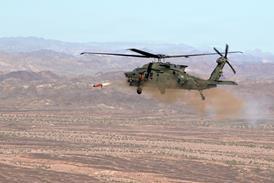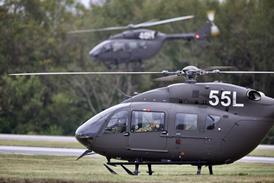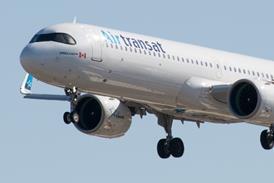FlightGlobal is the global aviation community’s primary source of news, data, insight, knowledge and expertise. We provide news, data, analytics and advisory services to connect the aviation community globally and help organisations shape their business strategies, identify new opportunities and make better decisions faster.
Cirrus looks to Europe

With the region representing only a tenth of Cirrus Aircraft’s global sales – including just 40 or so of roughly 600 single-engine Vision Jets operating worldwide – Europe offers plenty potential for the Minnesota-based manufacturer. The Aero regular is back in Friedrichshafen, displaying its piston-single SR22 as well as the Vision Jet.
Keep reading this article by becoming a FlightGlobal member now
PLEASE REGISTER FOR FREE OR SIGN IN TO CONTINUE READING

You have reached your limit of free articles for this period. Register for a FREE account to read this article and benefit from:
- Increased access to online news and in-depth articles from:
- FlightGlobal Premium covering the global aviation industry
- Airline Business providing insight for business leaders
- Weekly newsletters on topics across the industry




















